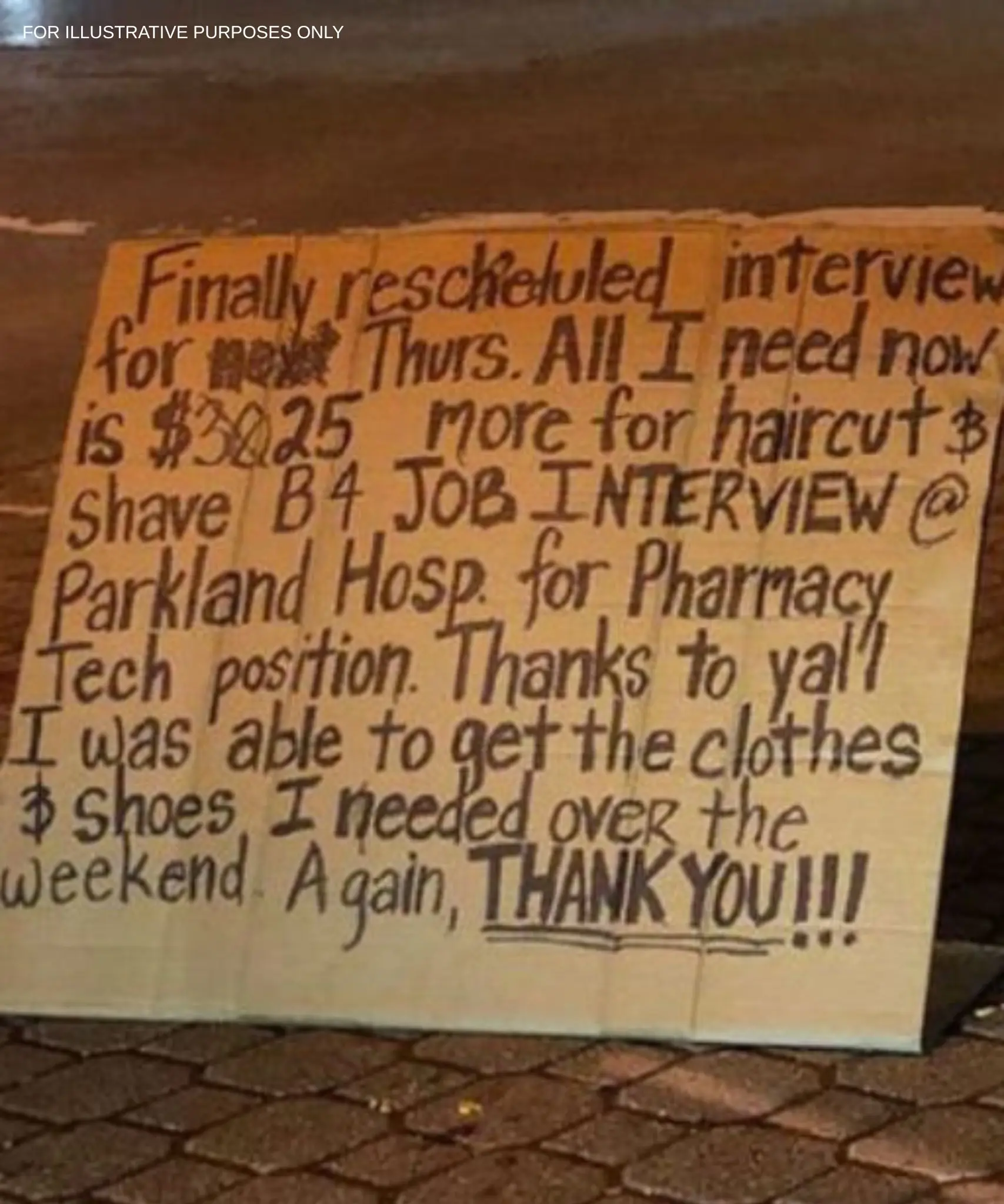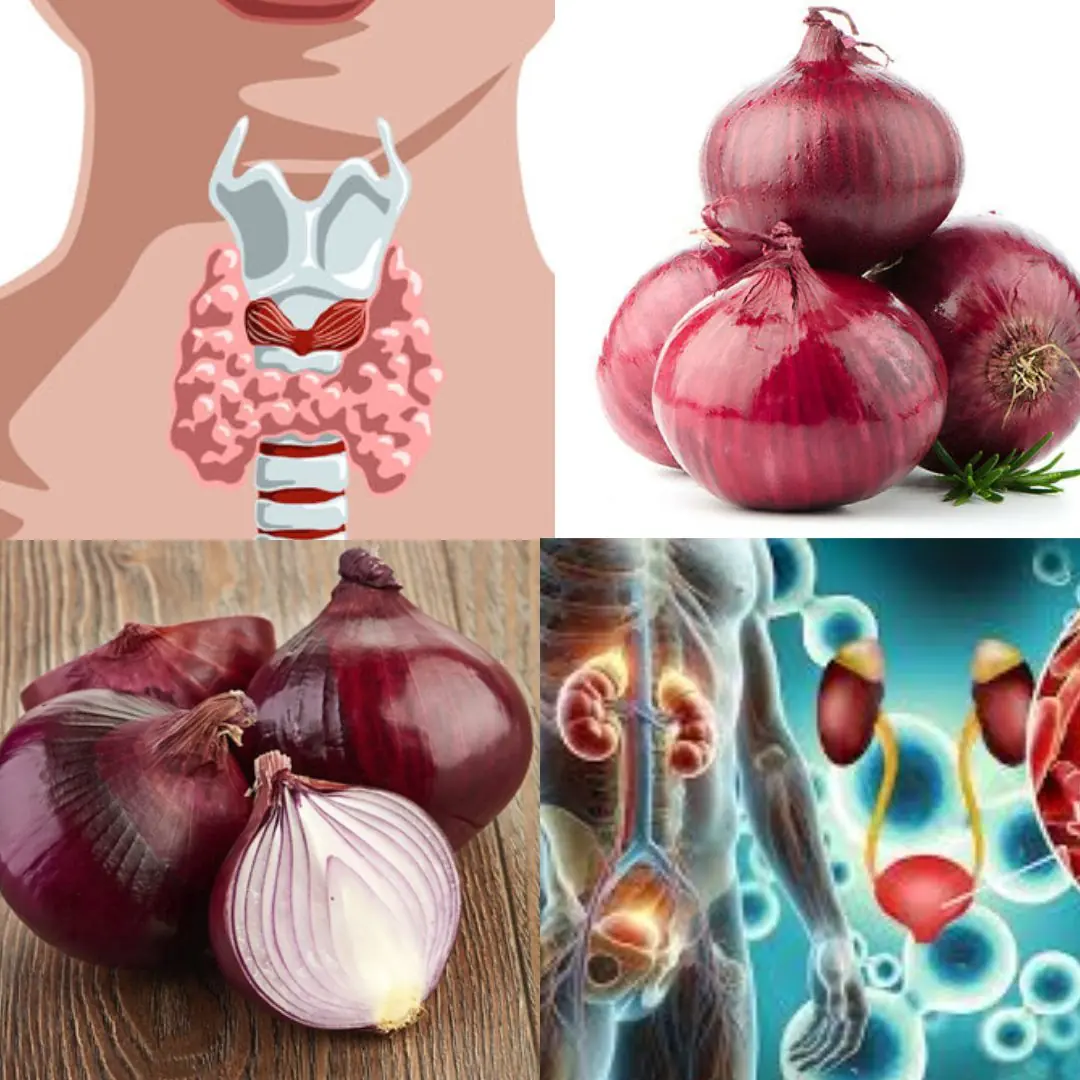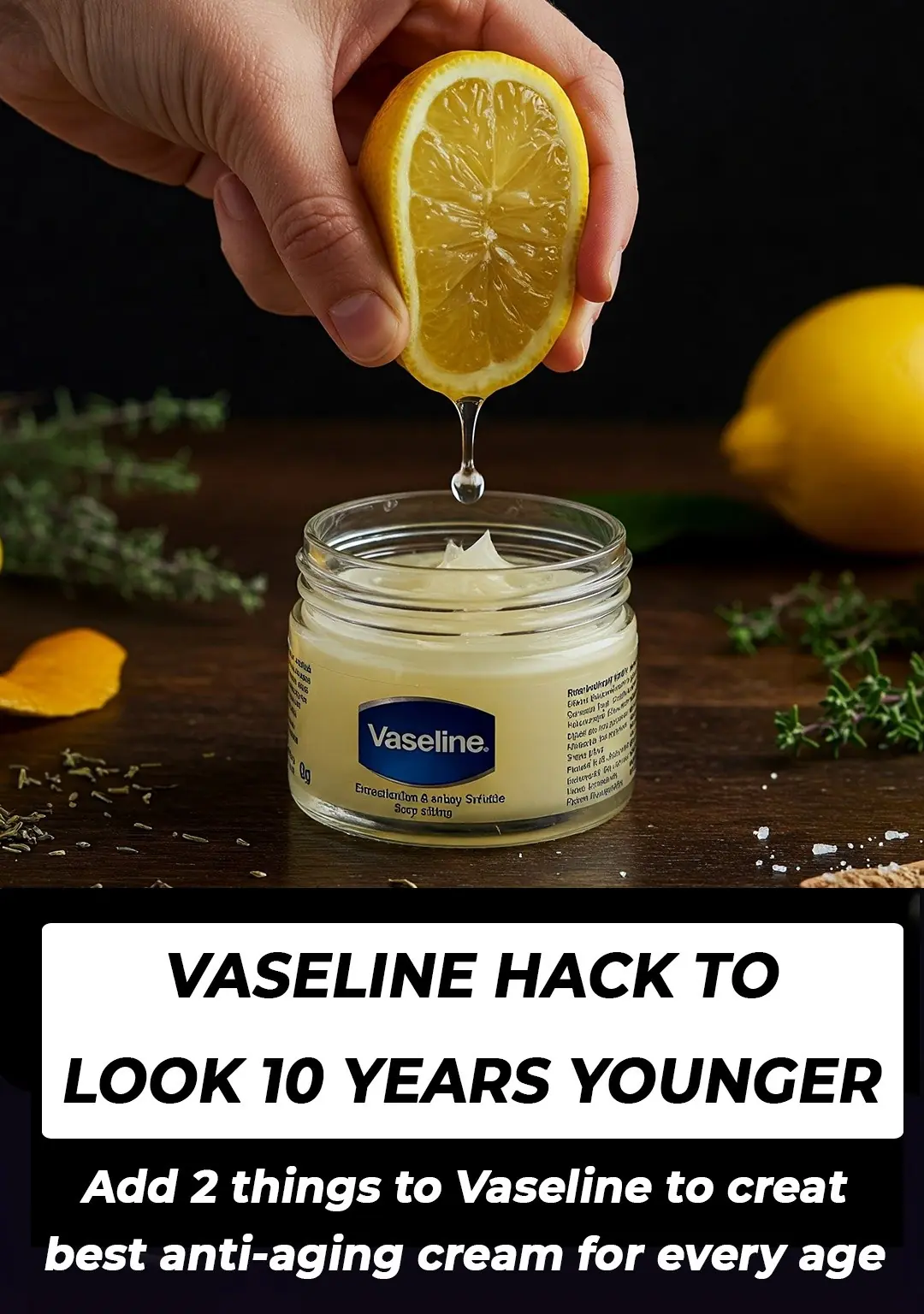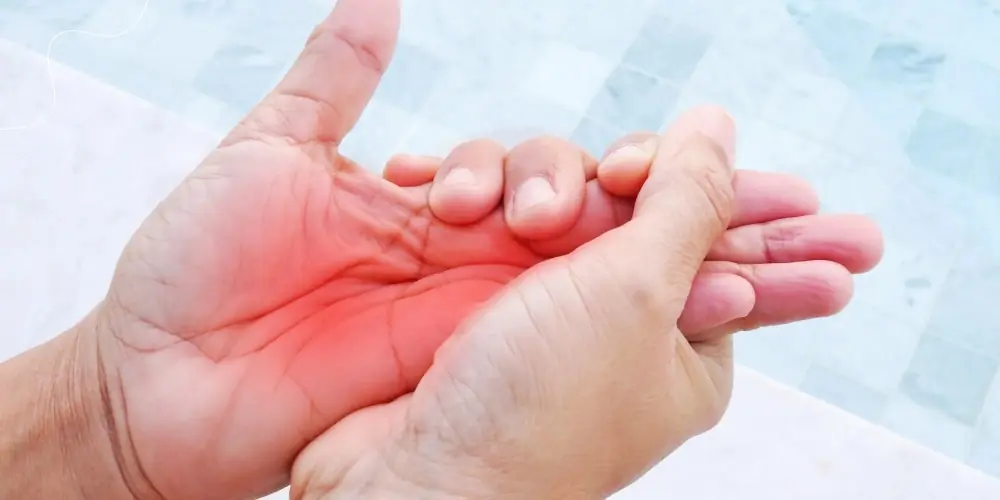
Scientists Have Developed An Oxygen Particle That, When Injected, Enables Temporary Survival Without Breathing.
Scientists Have Developed an Injectable Oxygen Particle That Enables Temporary Survival Without Breathing
A Glimpse Into the Future of Medicine
Imagine a world where the limitations of the human body can be momentarily overcome—not by machines or life support, but by a tiny, revolutionary particle injected directly into your bloodstream. For centuries, survival without breathing has been the stuff of science fiction, a distant fantasy explored in novels and films. But what if this fantasy is now closer to reality than we ever thought possible?
Recent developments in medical science have taken a bold step toward turning this idea into something tangible. Scientists have created a remarkable oxygen particle that can temporarily keep a person alive—even without lung function. It sounds like something out of a futuristic thriller, yet this breakthrough is grounded in cutting-edge research that could one day revolutionize emergency medicine and human survival. So, how does this work, and could it change the way we view life itself?
What Exactly Is This Injectable Oxygen Particle?
At the heart of this scientific breakthrough is a microscopic particle, smaller than a grain of salt, that could change the course of medicine. Developed by leading researchers in nanotechnology and biomedical engineering, this injectable oxygen particle is designed to transport oxygen throughout the body without relying on lung function. Unlike conventional oxygen supplementation, which depends on ventilators or external oxygen sources, these particles travel directly through the bloodstream and deliver oxygen to tissues and organs in need.
The particle’s design mimics the function of red blood cells but with an enhanced ability to sustain life in extreme conditions such as drowning, cardiac arrest, or other respiratory failures. When injected, these particles bind with the bloodstream’s hemoglobin, ensuring a steady supply of oxygen to vital organs like the brain and heart, even when normal breathing ceases.
This breakthrough is not just theoretical—early clinical trials have shown promising results, and researchers are now exploring ways to integrate it into emergency and critical care settings. By providing a temporary oxygen supply, these particles could serve as a life-saving bridge until proper medical intervention is available.
How Do These Oxygen Particles Work?
To understand the significance of this technology, it’s essential to examine its mechanism of action. These microscopic particles function similarly to hemoglobin in red blood cells but bypass the need for lung respiration. The key to their effectiveness lies in their structure—each particle is designed with a high-capacity oxygen-binding material that releases oxygen when needed.
The injected particles move through the bloodstream, detecting areas with low oxygen levels and delivering oxygen directly to the cells. This targeted oxygen release prevents organ failure in life-threatening situations, such as suffocation or traumatic injury. Unlike ventilators, which mechanically push oxygen into the lungs, this method ensures direct oxygenation at a cellular level.
One of the most fascinating aspects of this technology is its biocompatibility. These particles are engineered to be absorbed and metabolized safely by the body. Preliminary studies suggest that they remain in circulation for a limited time—typically a few hours—before breaking down naturally, making them an ideal short-term solution for emergency medical situations.
Transforming Emergency Medicine
The potential applications of injectable oxygen particles in emergency medicine are vast. Consider situations such as drowning, cardiac arrest, or severe asthma attacks—where oxygen deprivation can lead to irreversible brain damage or death within minutes. With this technology, first responders could stabilize patients long enough for them to reach a hospital, significantly improving survival rates.
In underwater rescue operations, for example, an oxygen-deprived individual could receive an injection that sustains them until they are safely brought to the surface. Similarly, in cases of massive blood loss, these particles could provide oxygen to organs while the body compensates for lost red blood cells, buying critical time for blood transfusions and surgical interventions.
Moreover, this breakthrough could revolutionize battlefield medicine. Soldiers suffering from severe injuries could receive oxygen injections to prevent hypoxia until they can be evacuated for advanced medical care. This technology could also prove invaluable in remote areas with limited access to oxygen supplies or ventilators.
The Ethical and Practical Implications
While this development is undoubtedly groundbreaking, it raises important ethical and logistical questions. Should this technology be accessible to everyone, or will it be reserved for military and elite medical facilities? What are the long-term effects of repeated use? Will it be used ethically, or could it be misused for non-emergency applications?
Another significant consideration is cost. Advanced nanotechnology is often expensive, and ensuring that these oxygen particles are affordable and widely available will be a challenge. Researchers and policymakers will need to collaborate to prevent disparities in access and ensure that this life-saving technology benefits the broader public rather than just those who can afford it.
Additionally, as this technology advances, discussions about potential misuse may arise. Could these oxygen particles be used to extend physical endurance artificially? Would they allow people to hold their breath for extended periods, enabling extreme sports enthusiasts to push their limits dangerously? Regulations and ethical guidelines will need to be established to ensure responsible use.
Future Challenges and Next Steps
Despite its promising potential, injectable oxygen technology is still in its early stages, and there are several hurdles to overcome before widespread implementation. One of the primary challenges is extending the duration of its effectiveness. Current prototypes function for only a few hours, which is sufficient for emergency care but not for prolonged oxygen deprivation scenarios.
Researchers are also working on improving the efficiency and safety of these particles. Ensuring that they do not trigger immune responses or lead to complications in certain medical conditions is crucial for their success. Clinical trials and regulatory approvals will take time, but if successful, this technology could redefine emergency medicine and human survival capabilities.
In the future, scientists hope to refine these particles to last longer, be more cost-effective, and integrate seamlessly into first-response medical kits worldwide. The goal is not just to create a temporary oxygen source but to push the boundaries of what is medically possible—offering new hope in the fight against respiratory failure and life-threatening conditions.
Conclusion: A New Era of Human Survival
The development of injectable oxygen particles marks a significant leap forward in medical science, with the potential to save countless lives in emergencies where oxygen deprivation is a critical threat. By enabling temporary survival without breathing, this technology challenges our understanding of human physiology and opens doors to new medical possibilities.
While challenges remain, the future looks promising. As research progresses and ethical frameworks are established, this innovation could transform emergency medicine, trauma care, and survival in extreme conditions. Whether in hospitals, battlefields, or deep-sea rescue missions, the ability to sustain life without breathing—even temporarily—represents one of the most extraordinary medical advancements of our time.
With continued investment and collaboration between scientists, policymakers, and medical professionals, we may soon witness the day when this once-fictional concept becomes a standard tool in the fight against respiratory emergencies. One thing is certain—the ability to inject oxygen directly into the bloodstream is not just a breakthrough; it is a glimpse into the future of human survival.
News in the same category


When my son innocently revealed that my husband had been secretly driving a brighter car with a woman I knew nothing about.

Why Was My Son Left Out? A Text Revealed the Truth

Three Became Fathers in a Day—One Text Changed Everything

"Unbelievable Coincidence: The Orphanage Held a Carbon Copy of Our Child!"

The Hidden Weight of Childhood: A Journey of Independence, Compassion, and Unspoken Secrets

There were cops in my yard, and as an african american family, my mind was full of negative thoughts

I Always Thought Housework Was a Breeze—Until My Son Taught Me a Lesson I’ll Always Remember

I Helped Plan a Family Cruise for My Dad and Stepmom & They Invited Me Too—I Didn't Know They'd Turn Me Into the Nanny
I thought joining my dad and stepmom on a family cruise would bring us closer. Instead, I found myself stuck in a tiny cabin with two kids and a long list of responsibilities no one warned me about.

"The Strength Within: A Story of Love, Loss, and Triumph"

A Surprise Visit to My Long Distance Boyfriend Turned into a Disaster— Story of the Day
After my husband of eighteen years left me, I struggled to find love again at forty-one. Desperate, I joined a dating site and met a charming man named Juan. I took a leap of faith and traveled to Mexico to surprise him, but it turned out to be the worst

Incredible location for a lighthouse perched on a rock in Iceland’s wild surf

Drought Reveals “Spanish Stonehenge” Older Than the Pyramids.

Mystical Seabed Art: The Puffer Fish’s Elaborate Mating Rituals Unveiled

Olympus Mons: The largest volcano in the solar system

"What If Pangea Still Existed? A Fascinating Look at Our Ancient Supercontinent"

The Growing Threat of Space Debris: Managing Earth’s Crowded Orbit

AM I WRONG TO BE ANGRY THAT MY 71-YEAR-OLD MOM SPENT MONEY ON A TRIP INSTEAD OF HELPING ME PAY MY BILLS?

A wounded veteran picks up trash, as people whisper behind me.

I held her tight while she cried and wouldn’t let go.
News Post

Banana Peels as a Natural Ant Repellent: A Safe and Eco-Friendly Solution

1 year ago 1 year ago Peace Lily Care Guide: Key Tips to Ensure Its Flourishing Growth

THIS DOUBLES Your Testosterone Naturally in 7 Days!

10 Remarkable Health Benefits of Pigweed Greens You Need to Know

Euphorbia Hirta (Asthma-Plant): Ancient Remedies and Modern Applications for Health and Wellness

Yarrow: A Natural Herb with Powerful Health Benefits

Onion peels and cloves: a simple hair growth remedy from Grandma's time

Vaseline to look 10 years younger

HE JUST NEEDED $25 FOR A HAIRCUT—BUT WHAT HE DID WITH IT SHOOK ME

When my son innocently revealed that my husband had been secretly driving a brighter car with a woman I knew nothing about.

Doctor Warns Against This One Thing If You Wake Up at Night

Reasons You Could Have Numbness or Tingling Sensations in Your Hands

A Well-Known Shampoo Is Being Withdrawn Immediately Due To Bacteria That Can Kill One In Ten Patients

Why Was My Son Left Out? A Text Revealed the Truth

Three Became Fathers in a Day—One Text Changed Everything

"Unbelievable Coincidence: The Orphanage Held a Carbon Copy of Our Child!"

The Hidden Weight of Childhood: A Journey of Independence, Compassion, and Unspoken Secrets

There were cops in my yard, and as an african american family, my mind was full of negative thoughts

I Always Thought Housework Was a Breeze—Until My Son Taught Me a Lesson I’ll Always Remember

I Helped Plan a Family Cruise for My Dad and Stepmom & They Invited Me Too—I Didn't Know They'd Turn Me Into the Nanny
I thought joining my dad and stepmom on a family cruise would bring us closer. Instead, I found myself stuck in a tiny cabin with two kids and a long list of responsibilities no one warned me about.